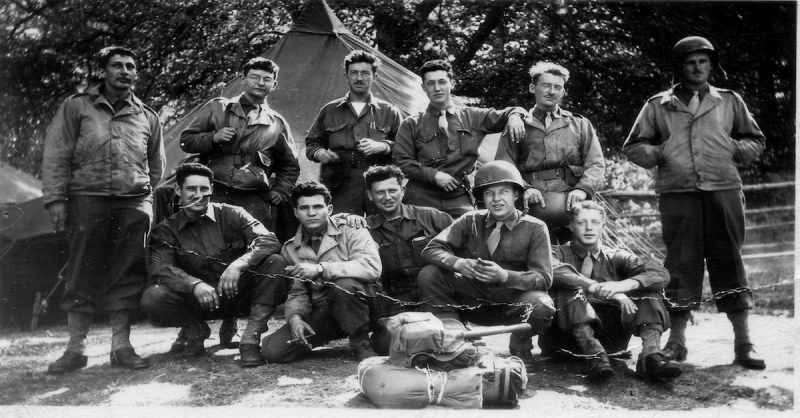The WWII Ghost Army
Any organization known as a Ghost Army is bound to be cool no matter what it does, but the Ghost Army that gained the most notoriety during the Second World War was particularly inventive and cunning. The Ghost Army, also known as tactical deception, was a device used to trick Hitler and the German forces during the war. It was more dependent on the imagination of artists than it was on the physical might of men and weaponry.
This division, known as the 23rd Headquarters Special Troops, constructed fictitious armies. There were rubber planes, inflatable tanks, and radio signals that were meant to be snatched up by the opposition. They had actors portraying different characters, giving the impression that troop movements and deployments were actually happening when they weren't. To make the sounds of combat plausible to those on the ground, they even install speakers in woodlands.
This bogus army had just 1,100 members, but thanks to their efforts, it appeared to have 30,000 soldiers. Their efforts were successful enough to disperse the German forces and thereby preserve lives. Records from Germany that were discovered after the fact show that the ruse was a complete success, saving thousands of lives and millions of dollars' worth of equipment. Additionally, it wasn't made public in the United States until 1996.










